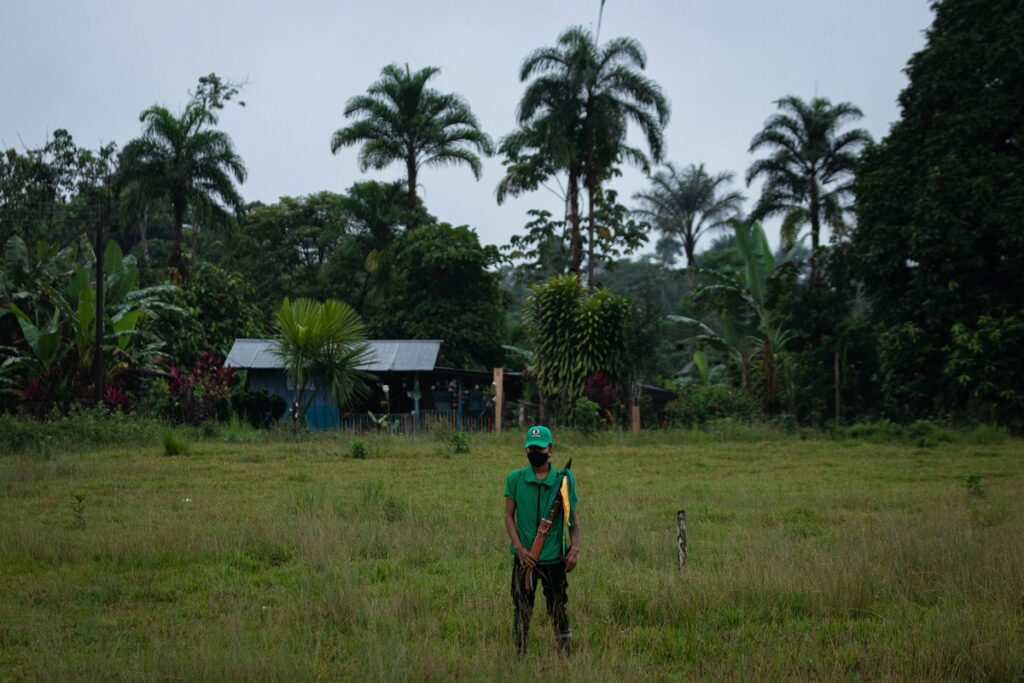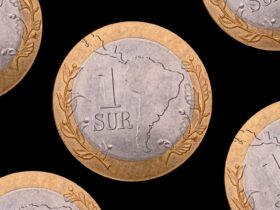It is generally well-understood by the public that scientific research about climate change guides global climate change policy. However, when it comes to generating the science behind this policy, the standard is often to only look toward Western science.
One of the most critical sources for understanding the natural world and how humans interact with it is another type of science, traditional ecological knowledge (TEK). This half of the scientific foundation for creating impactful climate change policy is often pushed to the side or subordinated in favor of Western science.
This status quo is problematic because it promotes an elitist and monocultural approach to climate change policy. However, it also ignores the very people who have accumulated the most knowledge of the natural world and who have the most to lose with the rapidly increasing climate change.
TEK refers to mainly Indigenous ancient knowledge about how humans can use and interact with their environment. While TEK is often orally passed down and relies on more subjective and qualitative observations, “Western” science uses more traditional scientific approaches such as literature, peer reviewing and more objective and quantitative data as its foundations.
For this reason, “Western” science has long been the preferred and standard method for all scientific endeavors, including the global scientific response to climate change. TEK must not only be incorporated into climate change policy and research ,but also play a key role in sharing the foundation for this policy with “Western” science.
TEK has been formally acknowledged in global climate change policies since the 1990s at the Earth Summit in Rio de Janeiro. Since then, this has been the main narrative for TEK in climate change policy: TEK should be acknowledged but doesn’t need to play a dominant role in political discourse.
Failing to incorporate TEK globally hurts everyone. Despite making up only 4-5% of the global population, Indigenous peoples use nearly 25% of the Earth’s surface and manage 11% of its forests. This amounts to maintaining 80% of the Earth’s biodiversity.
Indigenous peoples have lived in these biodiverse areas in harmony with the environment around them for hundreds and thousands of years, while industrial expansion and development have radically altered and harmed the environment in just around 200 years.
Indigenous peoples are the most reliant on the natural world for their way of life and are one of the groups with the most to lose from the devastating toll of climate change. In Papua New Guinea, on the island of Bougainville, local communities are being forced to flee their native island because rising sea levels are destroying the island and their food sources.
Even though TEK was first formally acknowledged in climate change policy in the 90s, cooperation between conventional scientists and TEK has only recently started to make a resurgence. In 2008, the UN launched the REDD Programme to preserve forests and promote the livelihood of Indigenous peoples who rely on these forests.
In British Columbia in 2016, local First Nations, the Canadian government and conservation groups signed an agreement to protect the Great Bear Rainforest, a forest roughly the size of Ireland, previously vulnerable to logging.
When Western scientists and conservation groups committed to learning about this land and how to conserve it from the First Nations that have inhabited it for centuries, they discovered that the genetic distribution of grizzly bears in the forest aligned with the linguistic distribution of First Nations in the region. This explained why grizzly bears living in the same area were genetically different despite no obvious geographical barriers existing — something which puzzled Western scientists until they initiated this collaboration.
The Arctic is another unique region that can benefit greatly from combining TEK with Western science. The Arctic is incredibly vulnerable to the increasing effects of climate change. It is also uniquely sparsely populated, and many of the communities living in the region are Indigenous communities.
Snowchange is a scientific and cultural group focusing on Arctic research and preservation by incorporating TEK and Western science. Using observations from local Indigenous communities — like the Skolt Sami people of Finland — and combining these observations and trends with further quantitative research, researchers have identified essential indicators of the state of the environment and the pace of climate change.
By involving Indigenous communities closely in the scientific process, changemakers can effect positive environmental impacts quickly, such as immediately reducing the number of salmon caught from vulnerable populations.
The relationship between Native and non-Native groups has long been complicated and fraught, and the scientific field is certainly far from immune from that. By combining TEK with “Western” science and promoting a more holistic understanding of the environment, greater justice can be restored for Indigenous communities, and the Earth as a whole can more effectively, justly and proactively respond to the climate change crisis. TEK must not be an afterthought or an add-on to global climate change policy but instead must be a critical and foundational component of every decision.







